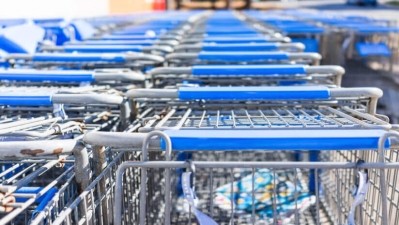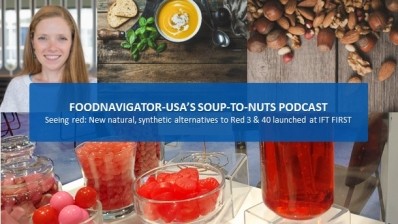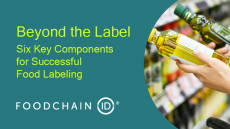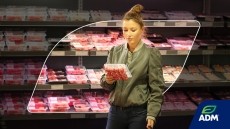AI helps companies navigate critical regulatory alerts, policy shifts ahead of 2024 election
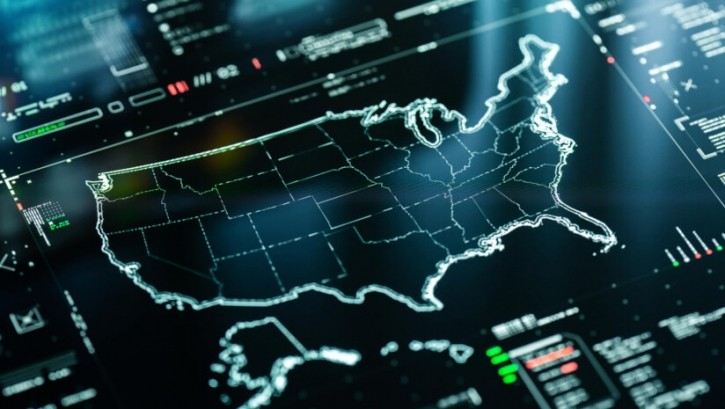
Intelligence tools can help navigate the complexities of food regulation and ensure that this information is collected and implemented, preventing any costly repercussions of non-compliance, in addition to maintaining a competitive edge, Shleifer said.
“We all know that the consequences of non-compliance can be very costly. And if you add the complexity of a state-by-state difference, it is becoming very tricky to stay on top of every state and every regulation,” she added.
Intelligence technology streamlines high volumes of data into pertinent, current information
Due to these regulatory changes, there has been a growing demand for services that help companies filter and manage relevant regulatory information to ensure they remain compliant without being overwhelmed by the sheer volume of data, Shleifer explained.
RegASK offers CPG food and beverage companies AI-driven curated regulatory and compliance information that provides businesses’ regulatory departments with relevant policy information. The company tracks and filters regulatory changes that pertain to its clients’ business.
For example, manually monitoring regulatory documents involves screening a massive amount of data—about 19,000 pages in this case, Shleifer explained. To distill relevant information, humans would need to identify sources and read through all of the pages. Using AI, only 300 pages were deemed important, which yielded 10 important alerts. Of these 10, only one was critical—but missing this key alert could lead to significant compliance issues, she said. And with a fragmented state by state and federal food system, AI could prove invaluable in flagging these alerts, she said.
Shleifer suggests that companies be proactive with a strategy “where regulatory intelligence is really at the center of your plan,” and disseminating this information to all stakeholders “because the worst is to work in silos.”
For small to mid-sized companies, Shleifer pointed out that tracking regulatory changes is even more challenging because of limited staff and resources, and intelligence technology could help “tremendously.”
For larger companies, the challenge could lie in sifting through a “vast amount of data” and to “curate what really matters to you,” she said.
Staying ahead of potential food policy changes before 2024 election
“2024 is a big year for food regulation. There have been a lot of activities [and] changes, and this is in part due to federal agencies working on implementing their regulatory agenda,” Shleifer said.
Ongoing policy shifts are creating significant regulatory uncertainty and challenges. This includes the FDA’s newly unified Human Foods Program, the debate around ultra processed foods, the overturning of the Chevron Doctrine and ongoing state-by-state legislations.
Overturning the Chevron Doctrine introduces uncertainty for food companies, as it opens new avenues for challenging regulatory decisions, Shleifer said. She also pointed to an increase in lawsuits which will require businesses to closely monitor legal interpretations relevant to their operations. Yet, monitoring the increasing complexity and volume of regulatory information is “time consuming,” and companies can benefit by implementing automated monitoring, like AI, to streamline regulatory monitoring and intelligence, she said.
“If you see that, for example, California is starting to ban some ingredients, you can anticipate that, potentially, other jurisdictions will do the same. So having this monitoring in place, these alerts in place … [are] critical for companies. … They can anticipate more uncertainty and more challenges into regulatory monitoring and jurisdiction monitoring.
With the US election nearly two months away, food regulation likely will see changes depending on the winning party, Shleifer said.
For instance, if Democratic Nominee Kamala Harris is elected, there may be stricter regulations on food production, increased quality enforcements by the FDA on foodborne illness outbreaks and doubling down on grocery store pricing by securing new authority for the Federal Trade Commission and State Attorney General to inspect potential companies that broke violated these laws, she explained.
If Republican Nominee Donald Trump is elected possible changes in trade policies and tariffs could potentially impact price changes and supply chain disruptions, Shleifer said.


